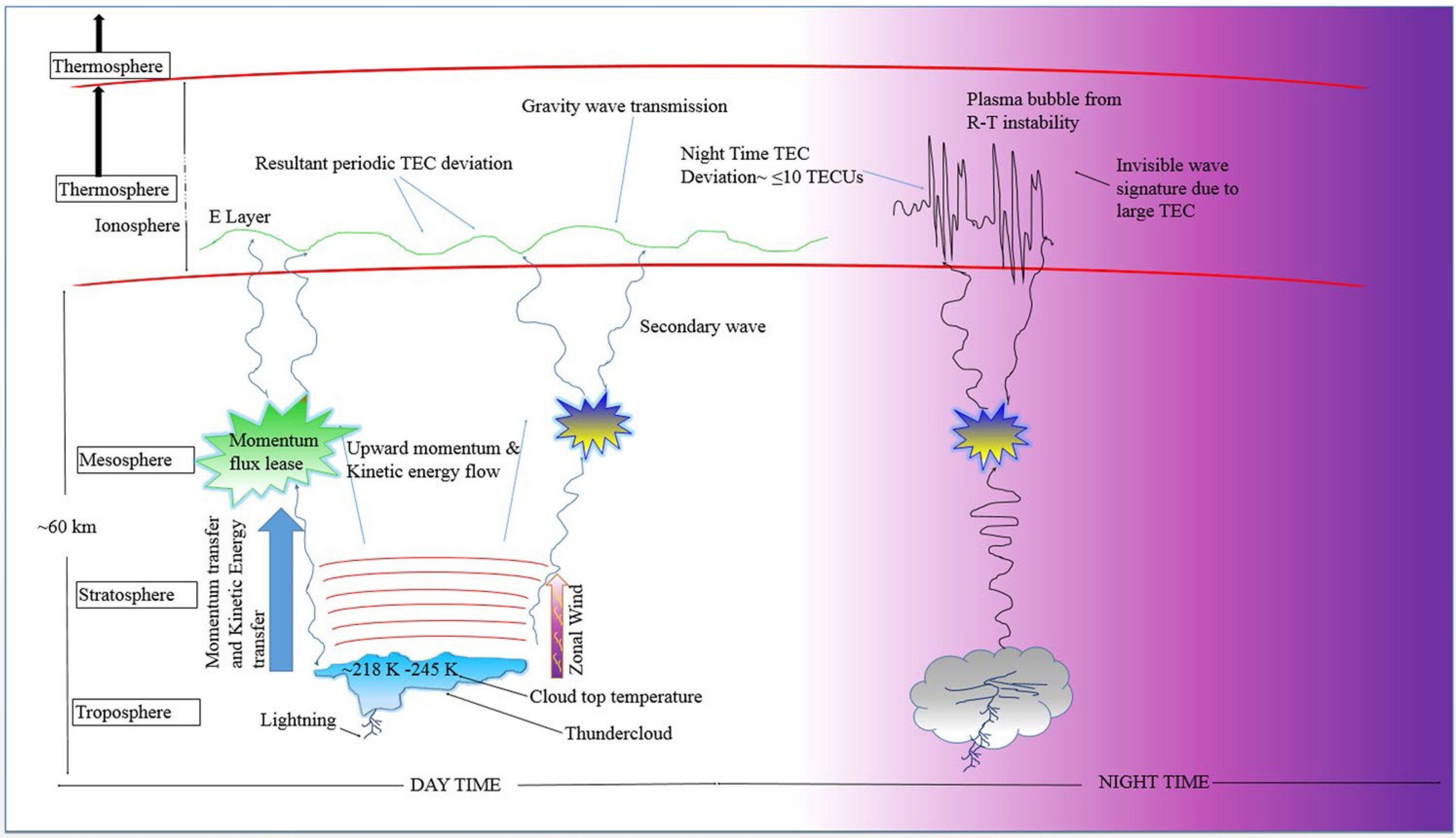
© Northwestern University
After studying global data from the novel coronavirus (COVID-19) pandemic,
researchers have discovered a strong correlation between severe vitamin D deficiency and mortality rates.Led by Northwestern University, the research team conducted a statistical analysis of data from hospitals and clinics across China, France, Germany, Italy, Iran, South Korea, Spain, Switzerland, the United Kingdom (UK) and the United States.
The researchers noted that patients from countries with high COVID-19 mortality rates, such as Italy, Spain and the UK, had lower levels of vitamin D compared to patients in countries that were not as severely affected.
This does not mean that everyone — especially those without a known deficiency — needs to start hoarding supplements, the researchers caution.
"While I think it is important for people to know that vitamin D deficiency might play a role in mortality, we don't need to push vitamin D on everybody," said Northwestern's
Vadim Backman, who led the research. "This needs further study, and I hope our work will stimulate interest in this area. The data also may illuminate the mechanism of mortality, which, if proven, could lead to new therapeutic targets."
The
research is available on medRxiv, a preprint server for health sciences.

Comment: See also: